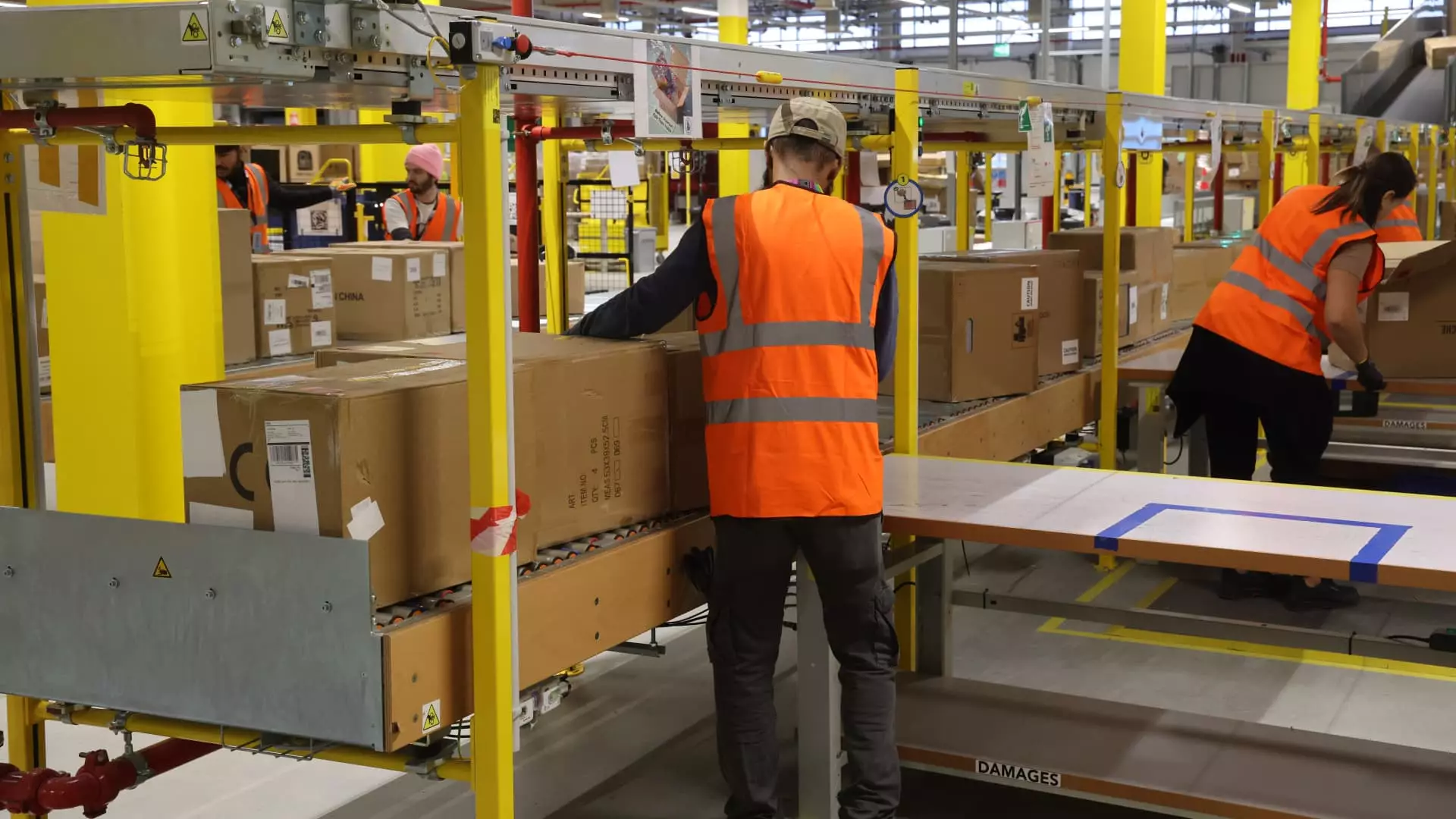In recent years, the narrative surrounding technological advancement, especially in AI and robotics, has been painted as an unstoppable march toward efficiency and innovation. Amazon’s announcement of reaching its millionth robotic worker epitomizes this trend. The company’s relentless push to embed automation into its global network symbolizes a significant leap in operational efficiency, promising quicker delivery times and cost reductions. Yet, beneath this shiny veneer lies a troubling reality: the diminishing promise of stable employment for ordinary workers. While proponents tout the benefits of automation, dismissing concerns as outdated fearmongering, the truth is far more complex. The expansion of robotic workers in warehouses signifies not just technological progress but also a subtle, calculated shift that erodes job security, fuels inequality, and fosters a reliance on artificial systems that lack the nuance of human judgment.
Automation as a Workforce Displacement Tool
The deployment of over a million robots at Amazon and the integration of generative AI models like “DeepFleet” reveal a strategy rooted in practicality but at a potential cost to human workers. Despite claims that robots handle repetitive and physically demanding tasks, thereby freeing humans for more skilled roles, this narrative conveniently overlooks the broader economic consequences. As warehouse operations become more automated, the need for human labor shrinks, and with it, the availability of stable, well-paying jobs. The employment figures speak volumes; Amazon alone has cut tens of thousands of jobs over the past couple of years. These layoffs are not isolated incidents but part of a disturbing trend where technological efficiency increasingly replaces human effort. This trend risks deepening the socio-economic divide, with the most vulnerable—factory workers, low-skilled employees—bearing the brunt of a corporate-driven ideology that values cost savings over human dignity.
The Myth of Job Creation in the Age of AI
The optimistic narrative spun by corporate leaders like Amazon’s Scott Dresser—that robots create new opportunities—rings hollow when examined critically. Yes, the company claims to be creating technical roles for maintenance and engineering; however, these are often high-skill, high-wage positions that require specialized training. Meanwhile, entry-level jobs evaporate. The supposed “new opportunities” are too limited to compensate for the widespread loss of everyday jobs. Moreover, the claim that AI will bolster employment in areas like AI research and robotics is a superficial solution to a more profound displacement problem. The reality is, technological innovation often consolidates dominance in the hands of a few large corporations, which can afford to invest heavily in automation, leaving the average worker further behind. In essence, we are witnessing a reshaping of the labor landscape into an arena where human employment is secondary to technological efficiency.
The Social Cost of Unchecked Technological Progress
What becomes obscured in this narrative is the human toll—the social fabric that frays as financial stability becomes increasingly tied to a dwindling and more precarious job market. The narrative of “progress” in AI and robotics glosses over the stark reality: a growing number of workers face unemployment, underemployment, and job insecurity. Policymakers and corporations alike seem preoccupied with the benefits of faster, cheaper delivery and increased productivity, yet neglect the societal costs this entails. The risk is a society divided not just economically but psychologically—where the human experience is reduced to a cog in an automated machine. If the goal of technological progress is to enhance human well-being, then the current trajectory desperately needs a critical re-evaluation to prioritize human dignity over corporate profits.
Embracing a Human-Centered Future
While embracing technological evolution is inevitable, it calls for a balanced approach that recognizes the importance of human-centric policies. Automating for efficiency without safeguarding workers’ rights is a misguided pursuit that ultimately undermines social stability. A truly progressive future should invest in education, retraining programs, and policies designed to ensure that technological gains translate into shared prosperity. Workers shouldn’t be sacrificed on the altar of corporate innovation; instead, society must demand a paradigm shift where technology serves as an adjunct, not a substitute, for human labor. Only then can we mitigate the social costs of AI and robotics, fostering a future where progress does not come at the expense of the many for the benefit of the few.



Leave a Reply